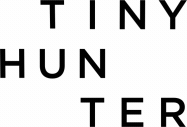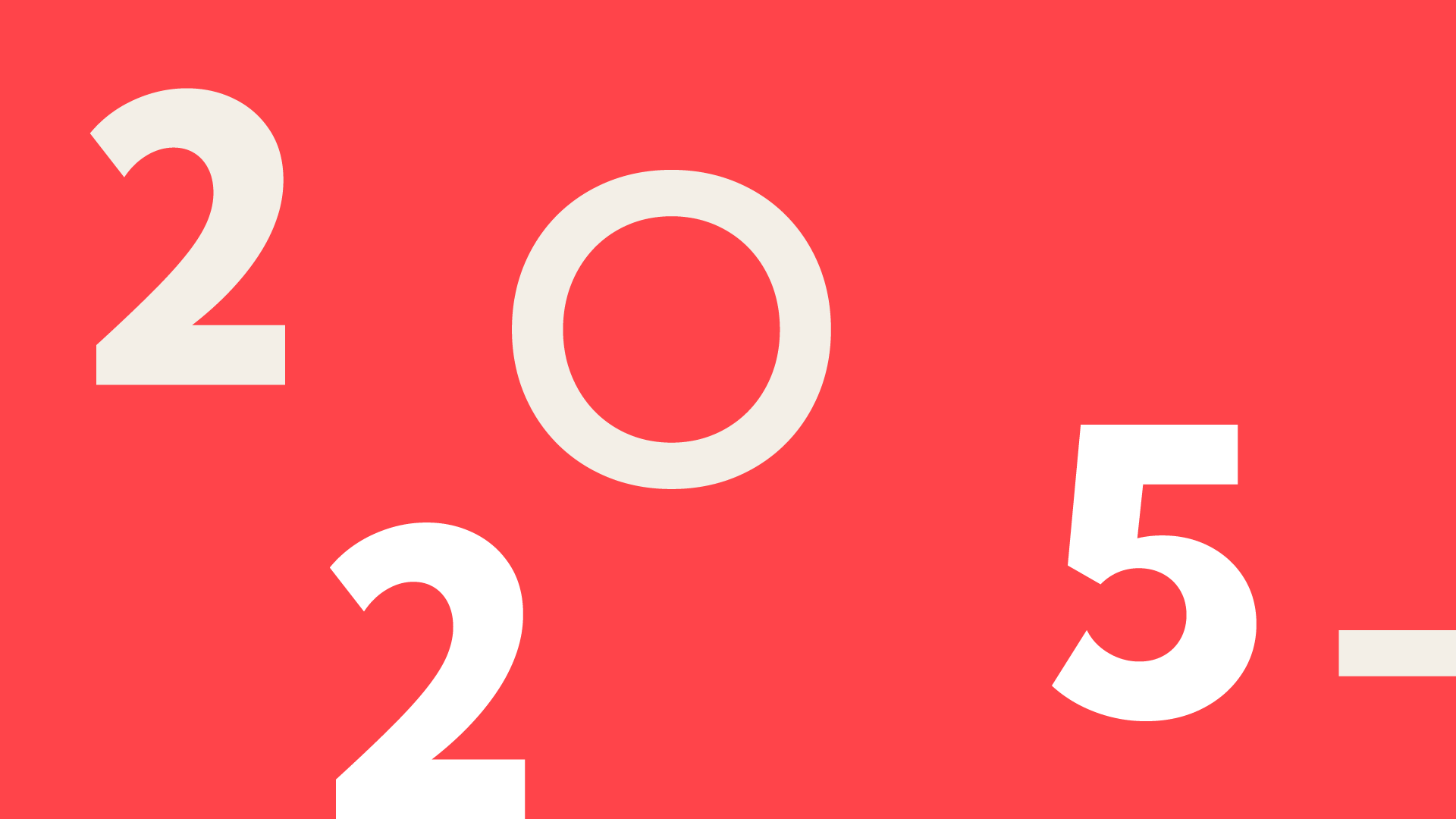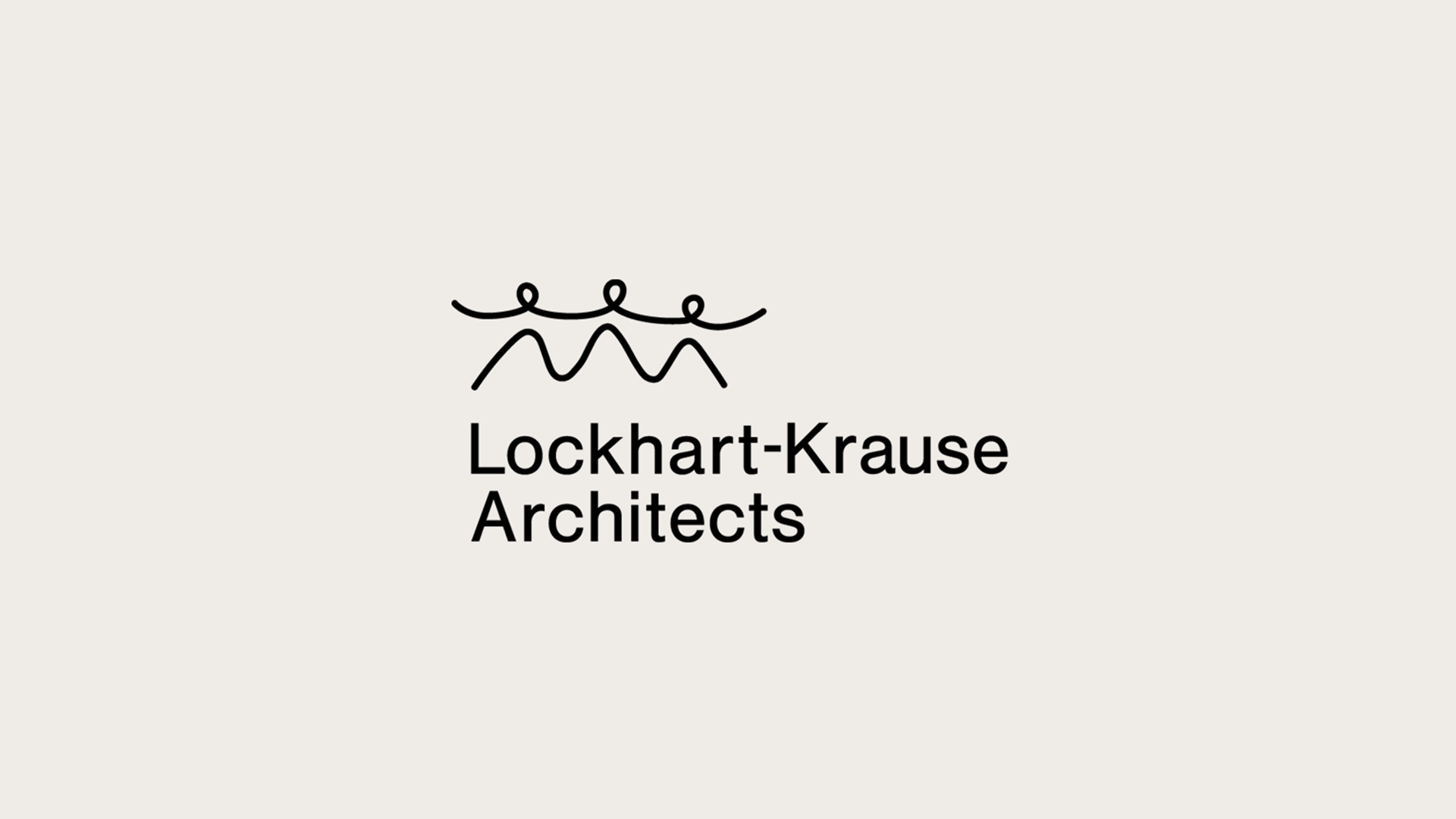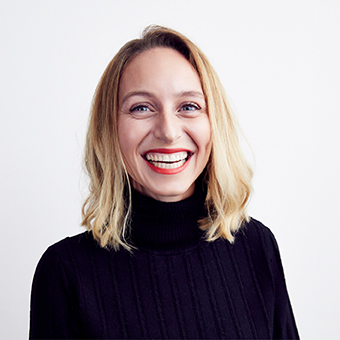2025 Branding trends: Are you ready for the year ahead?
Take a deep breath—2025 is set to be a year of significant shifts in branding and marketing.
Over the past 12 months, we’ve already seen big changes taking shape. AI is transforming every industry, the cost-of-living crisis is making consumers more mindful about where they spend their hard-earned cash, new social media platforms like BlueSky are shaking things up, and Australia is on the cusp of introducing new data privacy laws.
So, when we sat down with our trend-loving Tiny Hunter team to predict what’s next, it’s no surprise that AI and data were at the top of the list. But it’s not all about tech—we also predict a growing focus on nature-inspired design, authenticity, and storytelling.
While technology plays a big role, at Tiny Hunter, we believe branding will always come down to one thing: staying human at heart.
1. NOSTALGIA MEETS TECHNOLOGY
“2025 is the year nostalgic, handcrafted design meets the precision of new technology,” says Canva—and we are so on board. Dubbed ‘Analog Meets AI,’ this trend blends timeless techniques like collage and hand-drawn elements with the power of artificial intelligence. It’s a perfect fit for audiences craving the warmth of human touch in an increasingly cold, tech-driven world.
Platforms like TikTok and Instagram are already fueling this nostalgia, with a surge in scrapbook-style aesthetics, digital journaling, and stickers that reflect a longing for authenticity and a heritage feel. At Tiny Hunter, we’ve always embraced the mix of hand-drawn and digital design to craft distinctive, authentic brand experiences—and we can’t wait to bring even more into the brands where it fits their strategy.
2. MOTION AS A STORYTELLING TOOL
Motion in logos and brand visuals will be EVEN bigger this year. With more content being created than ever, movement can make your content instantly more memorable and engaging.
Think animation, dynamic typography, and micro-interactions that inject energy into digital experiences and subtly guide user actions. Static logos are evolving into dynamic, responsive identities that adjust to context and platform, and adaptive colour schemes can now shift depending on the platform or screen type.
We’ve started integrating animated logos and digital guidelines into our branding work for clients and integrating more movement across content.
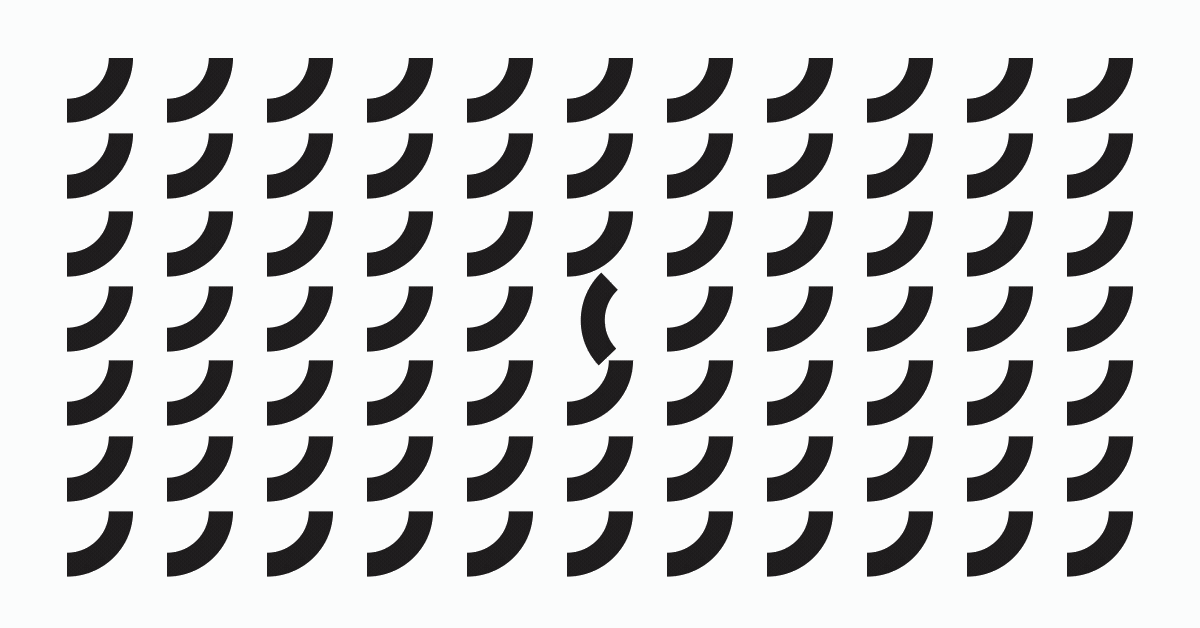
3. AUTHENTICITY IN AN AI-DRIVEN WORLD
Love it or hate it. AI is here to stay. It can be a powerful part of your business, but brands that over-rely on AI risk losing the charm and relatability that consumers crave. Instead, successful brands in 2025 and beyond will combine AI’s efficiency with genuine human insight, delivering imagery and narratives that feel spontaneous and—dare we say it—even a little imperfect.
Creative Boom agrees, citing a resurgence of human details, nuance, and imperfections in design as a reaction to the increasing prevalence of AI.
Want to know more? Learn How to avoid mediocrity in a world of AI.
4. SUSTAINABILITY BEYOND GREENWASHING
As eco-conscious living becomes even more popular, design aesthetics are following. We predict a rise in demand for visuals inspired by nature—think earthy textures, muted tones, and logos that feel grounded in the real world. Pantone’s Colour of the Year, Mocha Mousse, nails the vibe: a warm, rich brown that embodies earthiness.
But it’s not just about looks. On-pack messaging matters too—eco-friendly claims like “recyclable” or “all-natural” will only resonate if backed by factual evidence. Packaging is now a canvas to share your sustainability story; authenticity is everything.
Put simply, sustainability in 2025 is all about walking the talk. That means ditching the empty promises and doubling down on meaningful initiatives like 1% for the Planet or becoming a Certified B Corp (there’s been a 133% increase in B Corps in Australia/New Zealand since 2020).
If that’s too far, at least make sure you can genuinely prove any claims you make because, quite frankly, consumers are over the greenwashing. And so are we.
5. HYPER-PERSONALISATION THROUGH AI AND DATA
Personalisation, personalisation, personalisation. With AI, there’s no excuse for serving your audience the same old, impersonal content. As the cost-of-living crisis makes consumers more discerning about where they spend their money, hyper-personalisation could be your ticket to loyalty.
Using AI to tailor messaging, offers, and ads to individual preferences won’t just grab attention—it will build trust and engagement and drive sales. Just make sure you stay on top of data laws and any platform-specific rules and regulations.
Don’t just think of ads, either. Think content. Think stories. Netflix does it with personalised recommendations. Spotify has set the standard with its now iconic Year Wrapped. These approaches seamlessly integrate data into content, making experiences personal and memorable.
So, how can your brand leverage this? Think beyond numbers. Combine AI’s hyper-personalisation with data-driven storytelling to create experiences that feel as unique and dynamic as your audience.

6. MINIMALIST MAXIMALISM
Clean minimalist design has been the preferred aesthetic for years now. And don’t worry if you’re a clean lines lover – it’s here to stay. But it’s about to get a makeover. Minimalist layouts are paired with bold, maximalist touches like vibrant colours, oversized typography, and eclectic textures. Creative Boom calls it a balance of clean white space with expressive, unexpected elements.
If you’ve browsed interior design trends on Pinterest and Instagram during 2024 (no surprise we have some keen decorators on our team!), you’ve likely noticed the shift toward maximalism already. It’s no wonder this personality-packed vibe is spilling into branding—people crave designs that feel personal, and this blend of simplicity and boldness delivers exactly that.
7. IMMERSIVE AR AND VR BRANDING
Virtual Reality (VR) and Augmented Reality (AR) were all the rage a few years back but fell off the radar after a few products like Oculus Go failed to catch hold. But this year, they’re back, particularly in retail.
Virtual showrooms like the one Amazon launched for Christmas 2024 give shoppers a unique experience more akin to browsing a store in real life. But what’s really taking off is virtual shopping assistants who offer real-time product demonstrations and answer queries.
And of course, AI is also taking “try before you buy” to a whole new level with tools to virtually try on clothes. Europe’s Zalando (similar to ASOS) even has a feature that creates an avatar based on the customer’s actual body measurements, making it even more accurate than ever before.
Make-up is another area where we’ll see growth in the use of AR and VR. There’s already a tonne of apps and filters on our phones, but now we’re seeing a move towards apps that let you try on real make-up effects before purchase. Sephora already has one launched here in Australia, and the technology is only set to improve.
8. SWITCH PAIN FOR POSITIVITY
Your tone of voice and messaging are just as crucial as your design when it comes to branding. For years, the go-to advice has been to focus on pain points—emphasising how your product or service solves problems better than anything else. But it’s time to rethink how we tell that story.
In a world of negative news and overwhelming social media, positivity can set your brand apart. Focus on “positivity” instead of “pain”. Show the positive changes you can create, not the fear of what might happen without you.
Take Unloan, a new mortgage provider from CommBank, as an example. With rising home loan rates dominating headlines, they could have leaned heavily into the pain points of financial stress. Instead, they chose a positive approach, recognising that their audience is already well aware of the challenges. There’s no need to rub it in.
Their messaging is clear, uplifting, and focused on what they offer— a 0.01% p.a. discount every single year.
“We let our (really good) loan rate do the talking” and “A discount that gets better and better.”
By shifting the narrative to a positive incentive rather than dwelling on financial pressures, Unloan connects with its audience in a way that feels supportive and empowering. Not fearmongering.
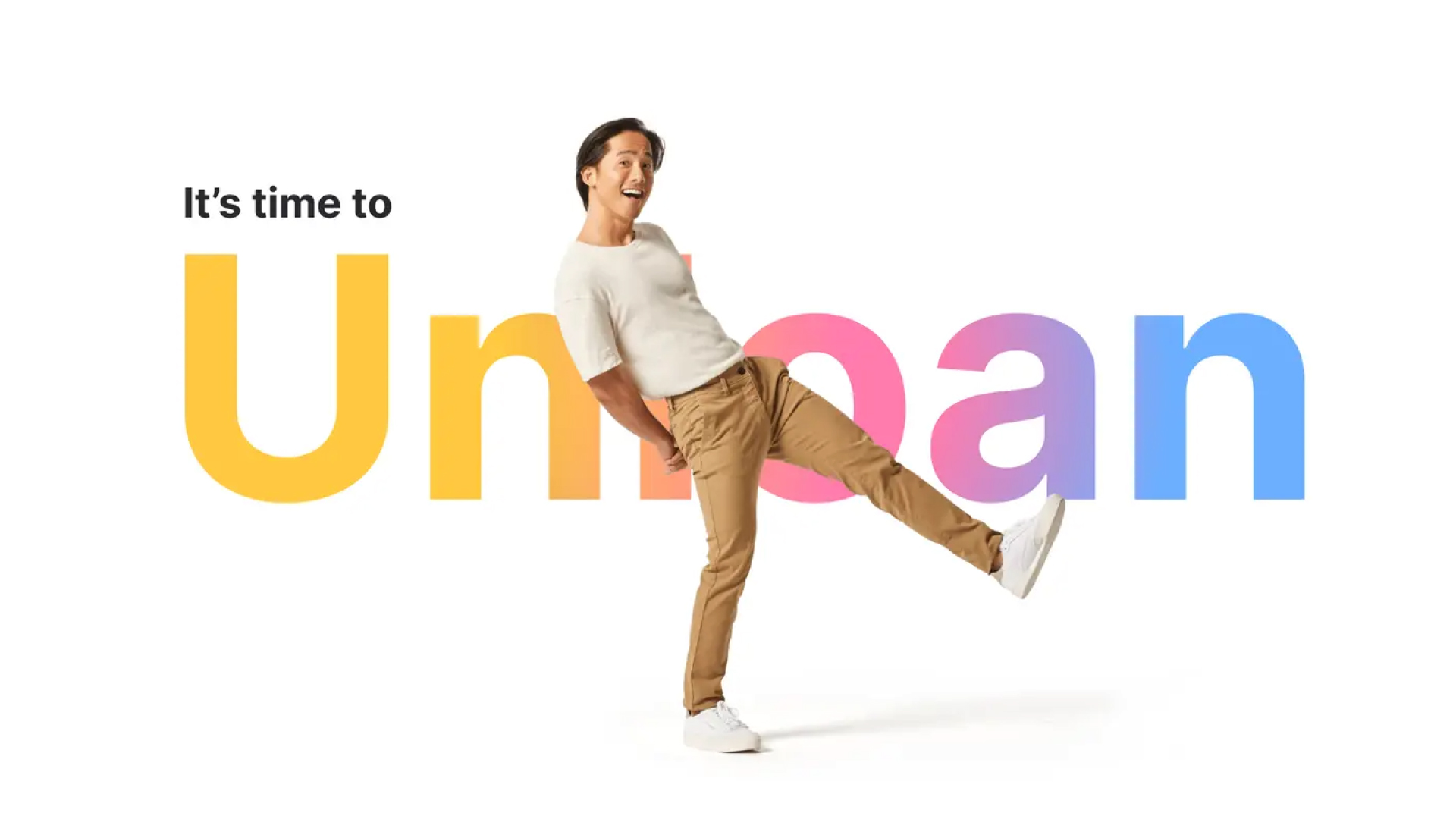
MAKE TRENDS WORK FOR YOU
The biggest trend of all? Ignoring trends that don’t align with your strategy. Trends should serve your brand, not the other way around. If you’re ready to focus on what’s right for your business, we’d love to hear from you. Contact us for a free brand consultation.
